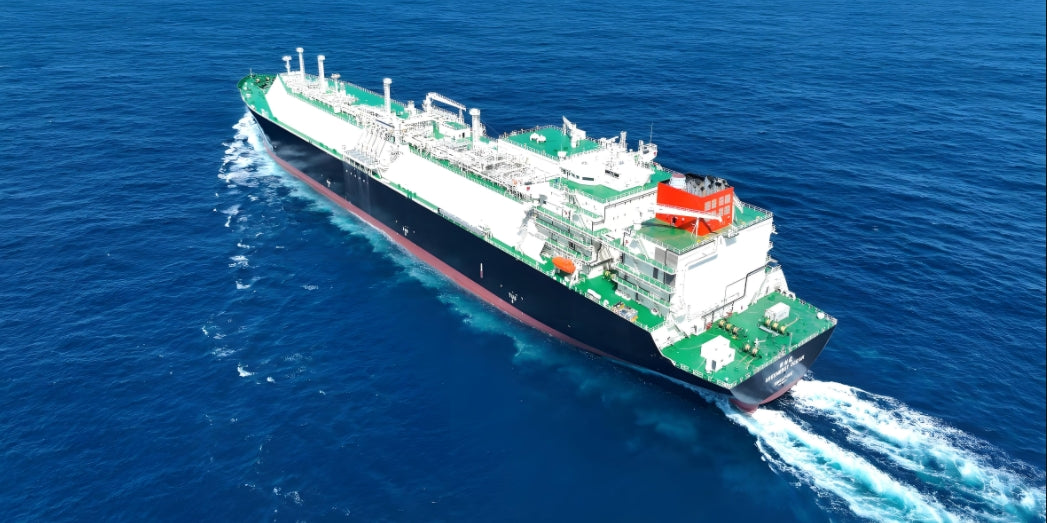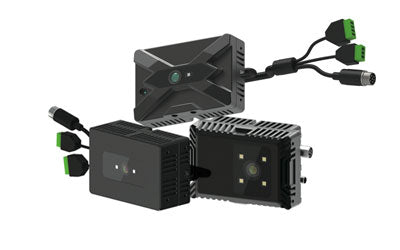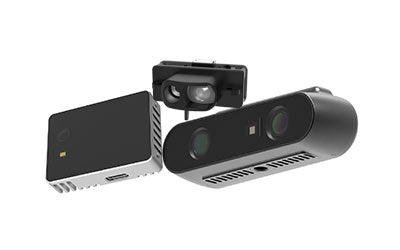Exploring the use of TOF sensors in the development of autonomous ship

Exploring the Use of TOF Sensors in the Development of Autonomous Ships
The development of autonomous ships has the potential to revolutionize the shipping industry, with benefits including increased safety, reduced costs, and improved efficiency. However, the successful implementation of autonomous ships relies heavily on the use of advanced sensors, such as time-of-flight (TOF) sensors. In this article, we will explore the use of TOF sensors in the development of autonomous ships.
TOF sensors work by measuring the time it takes for a pulse of light to travel from the sensor to an object and back. This information can be used to determine the distance to the object and create a 3D image of the surrounding environment. This makes TOF sensors ideal for use in autonomous ships, as they can be used to detect and avoid obstacles in real-time.
One of the key challenges in the development of autonomous ships is the need to ensure that the ship can safely navigate through crowded waters. This requires a sensor system that can accurately detect and track other vessels, as well as other potential hazards such as rocks, reefs, and buoys. TOF sensors are well-suited to this task, as they can provide accurate distance and position information in real-time.
TOF sensors can also be used to help ships navigate through adverse weather conditions. For example, in foggy conditions, TOF sensors can be used to detect other vessels that are not visible to the naked eye. This can help ships avoid collisions and safely navigate through dense fog.
Another potential application for TOF sensors in autonomous ships is in cargo loading and unloading. TOF sensors can be used to create 3D maps of cargo holds, which can be used to optimize the loading and unloading process. This can help reduce costs and improve efficiency, as well as reduce the risk of accidents and injuries.
In addition to improving safety and efficiency, the use of TOF sensors in autonomous ships can also help reduce environmental impact. By improving the accuracy of navigation and obstacle avoidance, ships can reduce the risk of accidents and spills, which can have a significant impact on marine ecosystems.
In conclusion, the use of TOF sensors in the development of autonomous ships has the potential to revolutionize the shipping industry. By providing accurate distance and position information in real-time, TOF sensors can help ships navigate safely through crowded waters, adverse weather conditions, and loading and unloading operations. This can improve safety, reduce costs, and reduce environmental impact, making autonomous ships a promising area for future development.
Applicable products:CS20, CS30 , CS20-P, CS40,CS40p
Our professional technical team specializing in 3D camera ranging is ready to assist you at any time. Whether you encounter any issues with your TOF camera after purchase or need clarification on TOF technology, feel free to contact us anytime. We are committed to providing high-quality technical after-sales service and user experience, ensuring your peace of mind in both shopping and using our products.
-
Publicado en
Tof sensor



